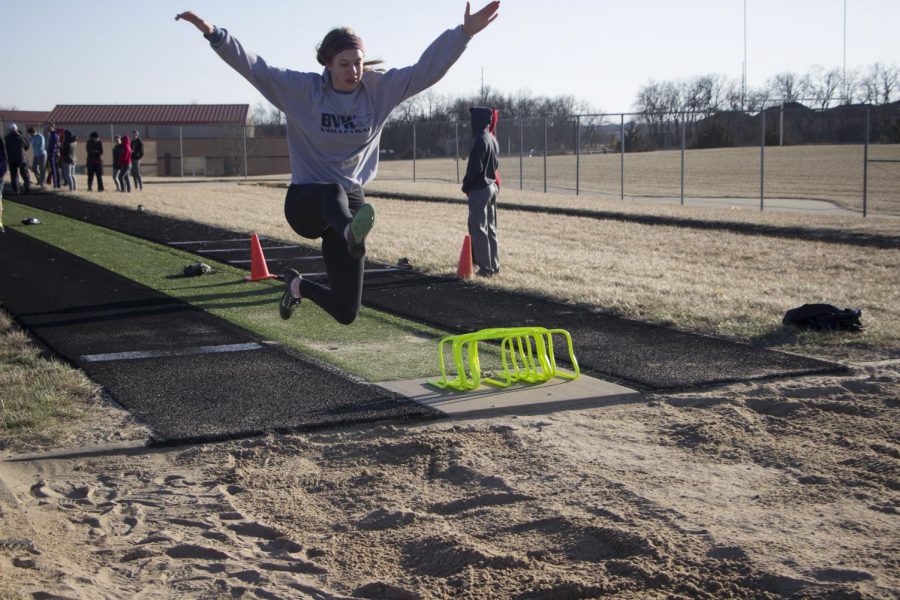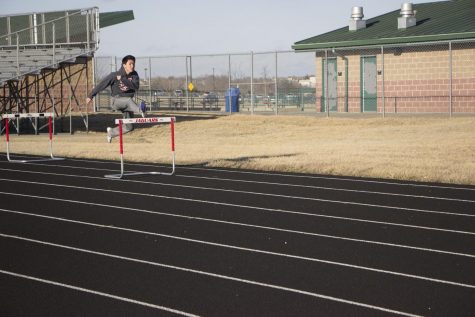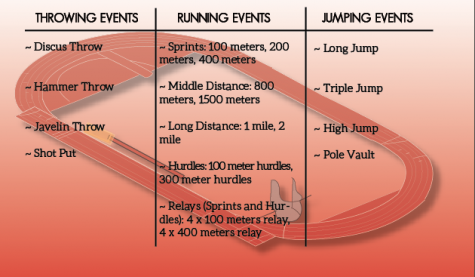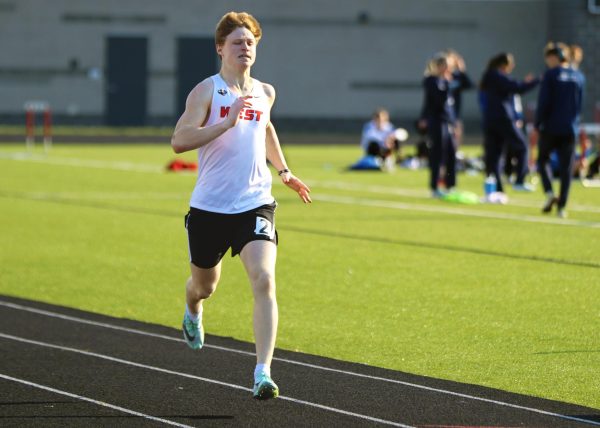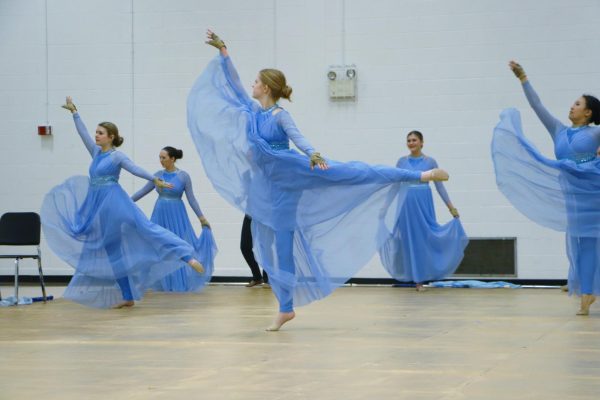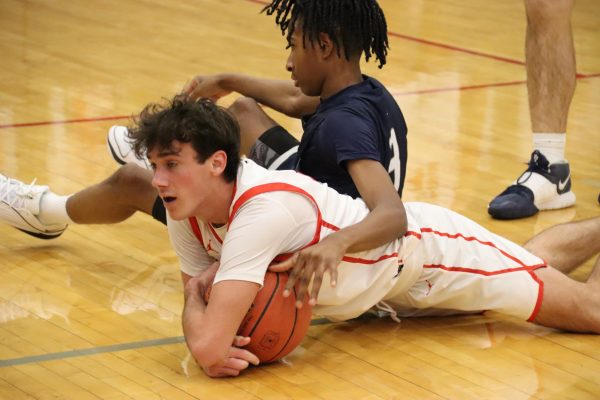Tracking Success In All Fields of Competition
Track and field provides students a community of unity
Run, Jump, Throw. Track and field embodies the basis of an active life. As it possesses a broad range of athletic skills, an extensive scope of students are members of the BV West track and field team. Dedicated sprinters, jumpers, and throwers return to the sport each year, however, a handful of students from other athletic backgrounds join track and field as well when the spring season rolls around. Although similarities in all types of athletic training overlap in some ways, track and field workouts touch on multiple training aspects of other sports in particular. Track and field at BV West boasts a high membership of 139 students this year, and this sport’s versatility caters to many different athletic interests as it offers 18 different events per gender.
In track there’s a wide spectrum of throwing, jumping, and sprinting [events].
“It’s very open,” Davis said. “And it is good that at the beginning of the season the coaches make [new members] try everything, so that [they’re] not so closed minded”.
Of the numerous track and field members, a select few plan to compete in their event(s) in college. Junior Jada Davis started the sport in middle school. Amidst her peers who didn’t take it very seriously, she decided to put her speed to the test. Discovering her talent in sprinting, she anticipates running in college.
“Kids [like me] that actually want to go on to college to run will typically run for their [high] school and do preseason training,” Davis said. “I run year round, [not] just in the spring. I’ll start in the summer running with a club team. Coming into the winter season, I’ll do indoor track and nationals, continuing to condition and train. And then I’ll go straight into the spring season.”
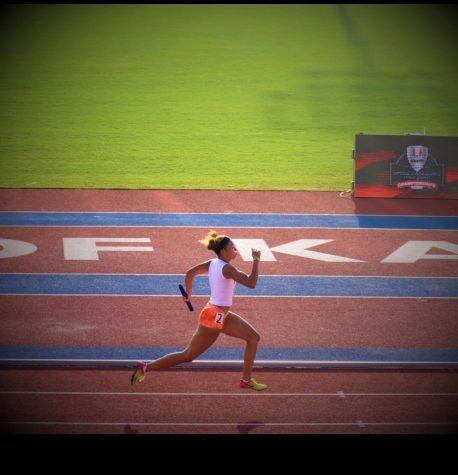
In addition to the athletes who plan on competing in track in college, several track and field members come off of cross country, football, soccer, or etc. to become multi-sport athletes who cross-train to stay active for the next season of their primary event. Of these multi-sport athletes, cross country runners are the most likely to cross train through track in the spring in comparison to any other sport. Although cross country is a distance running oriented sport and track carries long distance events, the two offer different experiences. Senior Hayes Pateidl is one of the captains of the cross country team but also participates in track in the spring.
“A big difference is how divided the group is for track,” Pateidl said. In cross country, everybody competes a 5k, that’s it. But in track, there are so many different events. [As a distance runner] track doesn’t have much for me other than the two-mile. And that’s usually just eight laps on the track. [But] track is great because it has a little something for everyone.”
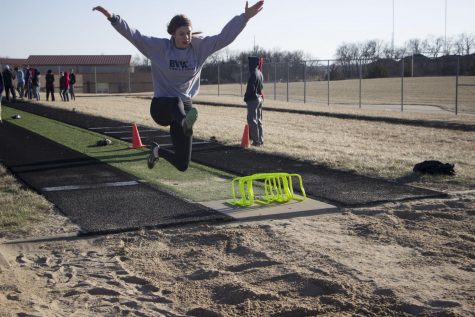
Bottom: Kate Bandre jumps into the school’s sand pit during track.
Photo by Gillian Boehmer
Additionally, while running is a significant aspect of both track and cross country, the training aspect of each sport differs greatly. Nonetheless, cross country runners are bound to learn new skill sets in track while continuing to hone traditional skills for next fall. Junior Kalea Chu is a dedicated cross country runner and first-time track competitor looking to stay in shape for the cross country season.
“Training for track, in comparison to cross country, has a lot of speed workouts and interval training. You go fast and you go hard for short amounts of time and it’s very taxing when you do that for an hour,” Chu said. “[For cross country,] we practice two to three times a week off of campus, and we train starting midsummer, at 6 a.m., five days a week. So that takes up a lot of time and we cover a lot of ground. Track is a lot shorter so far. We get out of practice before it’s dark”.
Cross country athletes are not the only ones to benefit from cross training through track. Diverse skills are exhibited in track by athletes of numerous backgrounds.
“Throwers are usually your strong people, [like those] trying to stay in shape for football, distance runners are usually your cross country kids that are trying to stay in shape for cross country, and sprinters and jumpers are usually a mixed bag,” Pateidl said. “They are fast twitch muscle people.”
“The best part for me was when I just let everything go and trusted myself,” Davis said. “[Before state] I was so worried, but then, when I finally just let it go, everything worked to my favor and I got my personal best and two titles. The most rewarding part of it is the coaches and teammates who [are] by my side.”
The versatility of track makes it a unique sport that not only encompasses a lot of different events but also a lot of different people, providing unity amongst its members.



